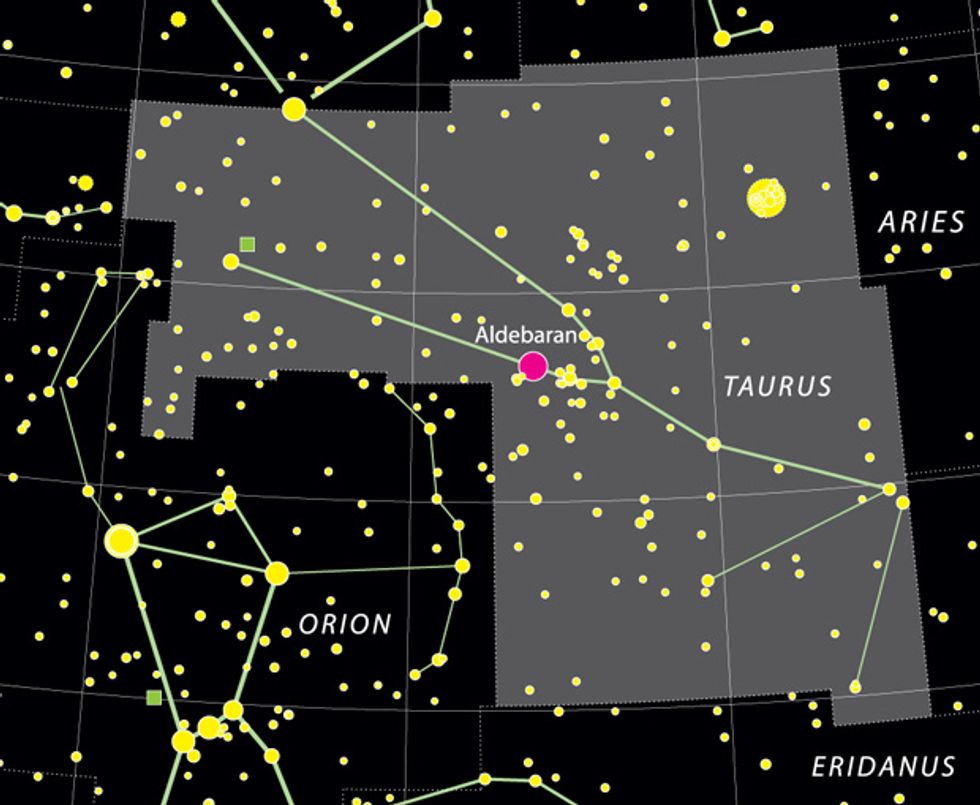This past October, NASA announced that after 36 years of flight, Voyager 1 had finally crossed into the interstellar medium that fills the space between the stars. Although it is the first probe to do so, Voyager 1 is not alone in its one-way mission out of the solar system: Four other probes are following it. The destinations of Voyager 1 and 2 and Pioneer 10 and 11 are plotted below. The ultimate destination of the fifth probe—the New Horizons mission to Pluto—is still unknown (its trajectory will be adjusted during its mission in hopes of sending it past another Kuiper Belt object). Although these probes will be dead metal when they reach the stars, all but New Horizons have messages on board designed to be decoded by aliens—just in case.



This article originally appeared in print as “The Stars Their Destination.”
Stephen Cass is the special projects editor at IEEE Spectrum. He currently helms Spectrum's Hands On column, and is also responsible for interactive projects such as the Top Programming Languages app. He has a bachelor's degree in experimental physics from Trinity College Dublin.



